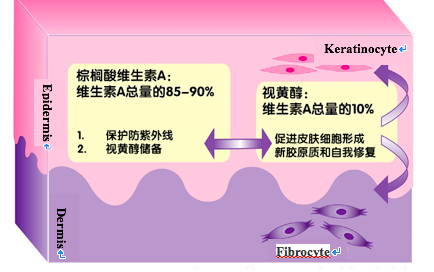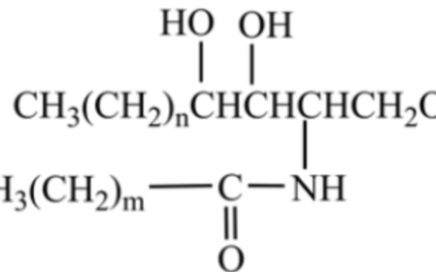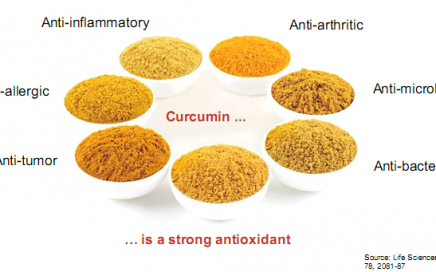NEWS

Nano Liposomal Vitamin A (NanoActive A)
NanoActive A is a novel vitamin A nanoliposome preparat […]

NanoActive THC
NanoActive THC is a novel tetrahydrocurcumin nanoliposo […]
NanoActive SA
Nanoactive SA is a novel salicylic acid nanoliposome pr […]

NanoActive RAL
Nanoactive RAL, INCI name: Retinal, CAS: 116-31-4. Prod […]
NanoActive Sulfur
Nanoactive Sulphur is a new type of sulphur nanoliposom […]

NanoActive Repair
Nanoactive Repair is a novel ceramide nanoliposome prep […]

Nano-Lipoic Acid (NanoActive ALA)
Nanoactive ALA is a new type of lipoic acid nanoliposom […]

NanoActive Curcumin
Nanoactive Curcumin is a new type of curcumin nanolipos […]
New Products
Advanced custom service provider
Design custom nano-transmission systems, bioactive substances, nano-formulations
Advanced Technology
A variety of technology platforms including biotechnology, plant extracts, green chemistry and innovative formulations have been built.
Professional Team
The founder team has more than 20 years of industry experience and a wealth of industry contacts.
Innovative Products
More than cosmetics and raw materials, multiple nanomedicines and biopharmaceuticals are on the market or in clinical research.


